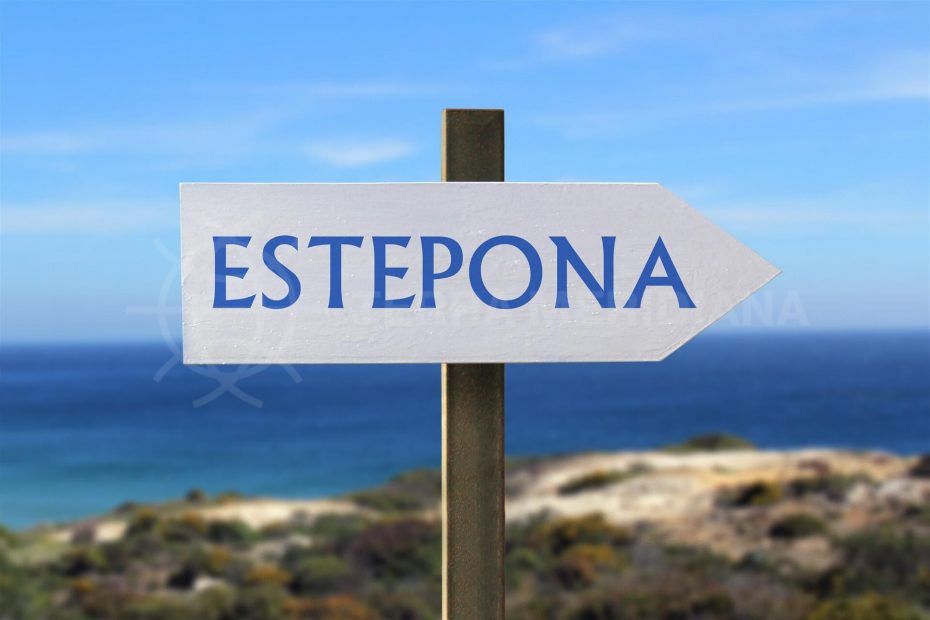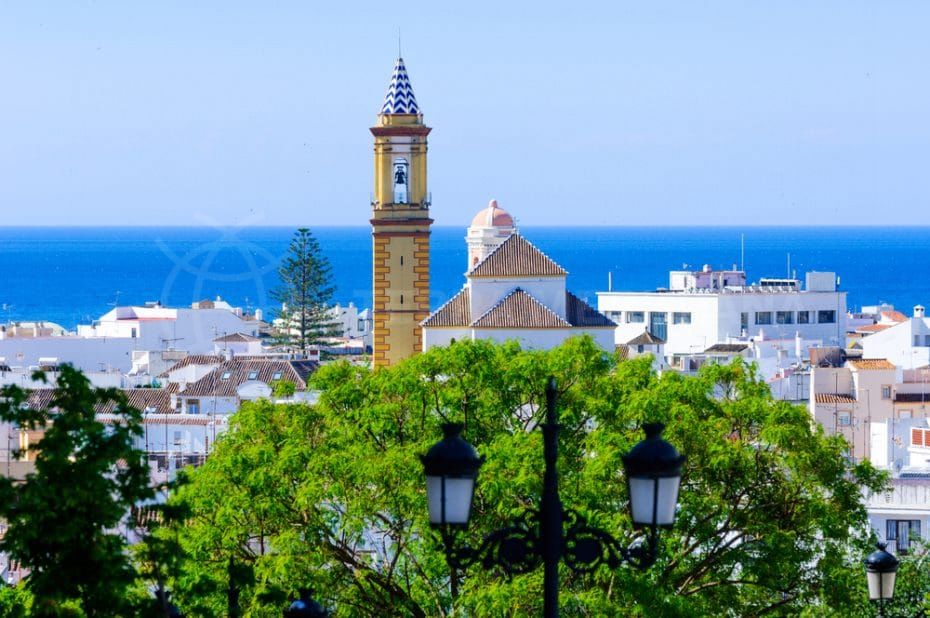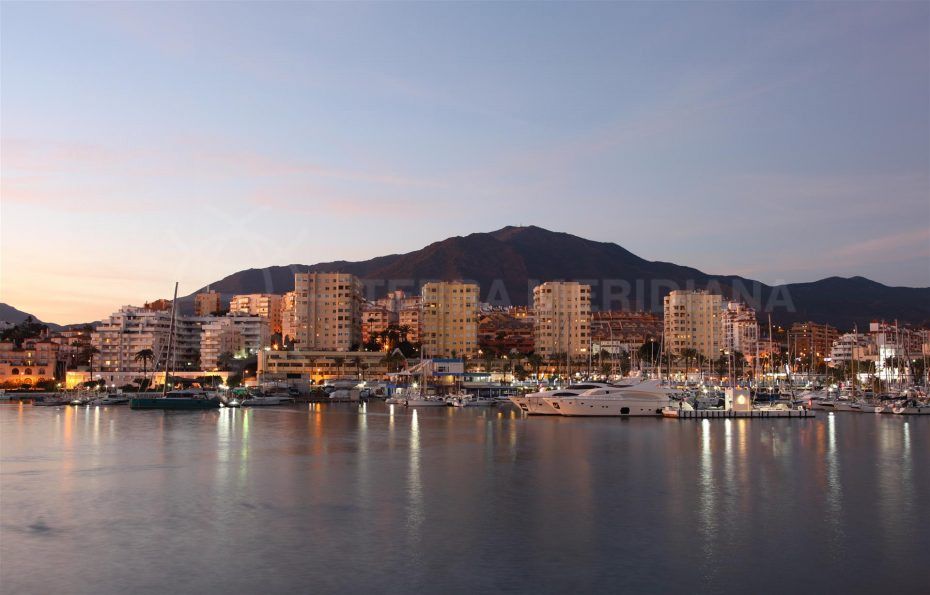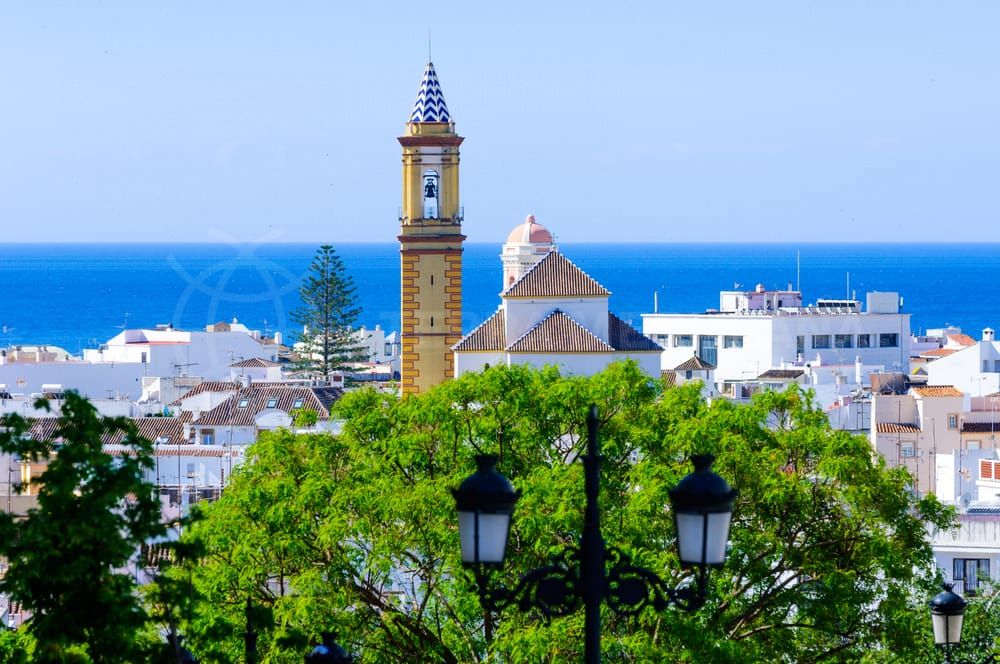Estepona - Mini Guides
Culture in Estepona
Spain is a colourful country that is steeped in culture and tradition, and the region of the Costa del Sol in Andalucía is certainly no exception to this rule. Aside from the typical Catholic churches and quaint fishing villages, here there is also art and architecture born out of other historical legacies, including the time of the Moors.

The resort town of Estepona itself offers many cultural activities and places to visit and some of the most interesting are listed below:
Museums
The Municipal Museum is an archaeological collection situated in the Plaza de Toros (bullring), and is open from Monday-Friday 09:00-15:00hrs and on Saturday 10:00-14:00hrs. The museum has a number of exhibits including archaeological and palaeontological departments, plus a special Taurino in memory of the greatest bullfighters from Estepona.
Contact telephone: 952 807 148
Ferias and Saints Days
Spain recognises its Saint Days and each town and municipality has its own day to celebrate. The two main ferias or holidays that Estepona recognises are San Isidro Labrador and the Virgen del Carmen. San Isidro is the patron saint of farmers and the countryside, and this festival, celebrated on the 15th of May every year, is a must see for tourists and locals alike. The town becomes a buzz of atmosphere and camaraderie as the streets are laid with palms while processions of horses, oxen, donkeys and bulls pass by with floats parading to the tune of marching bands. Later in the day, locals and tourists alike are able to enjoy the numerous temporary bars erected throughout the town centre.
Estepona’s main feria takes place at the beginning of July and this is considered to be one huge party where the whole town comes together to celebrate. At about 15:00hrs on Calle Real, the main pedestrian street, temporary bars will open outside of tavernas and cafés, music blares and everyone has a great time. In the two main squares, Plaza de Huevo and Plaza de las Flores, large stalls open selling traditional Andalusían food and most people wear traditional Spanish dress. Come the evening, the Recinto Ferial is packed with people enjoying the fair ground that is specially built for the occasion. This feria is definitely not one to miss and usually begins on the first Wednesday of July until the following Sunday, and on the Saturday there is another parade similar to the one that takes place during San Isidro.
The Virgen del Carmen is the patron saint of fishermen and this event enjoys a very similar atmosphere to the fiesta of San Isidro. Every year a large statue of the religious figure is carried along the Paseo Marítimo and set upon a boat, which then goes around to each fishing vessel and blesses them. All boats are welcome and alongside the religious observations it is also a wonderful party. This holiday takes place on 16th July every year, and visitors should be aware that all shops, pharmacies and banks close on the day of the celebrations.

Markets
Estepona has several markets that offer a variation of goods from fruit and vegetables, handbags and clothes to varying souvenirs such as ceramic ashtrays, butter dishes and olive bowls. The Wednesday market takes place on the way between the port and the Lidl, on Eslovaquia, Polonia and Eslovenia streets. This market is where you can buy fresh produce, a large variety of nuts, olives and dried fruits, as well as basic items such as cheap socks and shoes.
The Sunday market, that takes place down at the port, is generally designed for tourists and sells souvenirs, counterfeit bags, sunglasses, jewellery, clothes and shoes.
The fish market takes place daily in the port of Estepona at 06.00hrs and if you are an early riser or just interested in this kind of trading it is well worth a visit. Hundreds of different types of extremely fresh fish are displayed on stalls, and although the general public can’t buy the fish on show, it is a chance to see what Estepona was historically famous for.
Things to see
The Casa de Cultura is situated in the Plaza de la Flores in the centre of town and contains varying art exhibitions. The lighthouse of Punta Doncella, situated at the end of the paseo maritimo, was constructed in 1861, standing at 21 metres tall the structure is visible from the sea at a distance of 18 sea miles.
Selwo Wildlife Park is situated close by in Selwo on Estepona’s New Golden Mile. Considered the largest nature park in Spain, it is open from 10-18.00hrs and children under the age of two are welcomed free of charge. The animals live in a natural habitat and you can travel through the venue’s breathtaking scenery in a 4×4 vehicle spotting lions, bears, reptiles and many other creatures. For more information visit their website.

New additions
The Botanical Park Orchidarium in Estepona is home to the largest collection of orchids in the world. This botanical park in the cenrtre of Estepona is the perfect place to spend a day surrounded by many plant species. In total there are more than 8,000 species, of which more than 1,300 are orchids. Residents of Estepona have two free entrances per year while other visitors must pay 3€. The area is a modern space with a 17-metre high waterfall, to a certain extent simulating the original habitat of the orchids.
Estepona’s up-market Mercado Gourmet de San Luis opened its doors in 2018 and is set to put the beachside town on the Costa foodie map. Offering fine food products such as oysters, jamon Iberico and an area dedicated to Japanese cuisine, it is housed in the town’s former market in the old town. The building has been transformed into a gourmet space with restaurants, cocktail and crat beer, a café, winery and a terrace with chill-out zone.
Originally written in December 2009, updated by Adam Neale January 2019
More about Estepona
- Rainy Days in Estepona
- Estepona Schools
- Hotels in Estepona
- Take a stroll amid Estepona’s lovely Murals Route
- Explore the natural surroundings of Estepona
- Estepona’s beautiful Mediterranean Beaches
- Culture in Estepona
- Estepona Restaurants
- Estepona Golf Courses
- Estepona’s Semana Santa
- Healthcare in Estepona
Latest articles about Estepona
- Estepona Market Continues To Shine
- Estepona’s Success: A True Renaissance Story
- Estepona blows the roof off in August
- Laguna Village 2.0 Rises Like A Phoenix
- Estepona takes next steps to pedestrianise Avenida España
- Terra Meridiana registered record property sales in 2021
- Estepona’s Avenida de España pedestrianized!
- The luxury market in Marbella is here to stay
